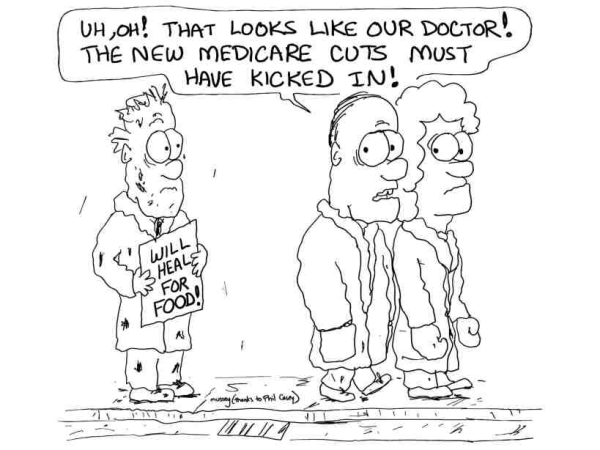Medical Billing Blog
MBR Explains: Coverage - Key Features of the Affordable Care Act by Year -- 2010
MBR Explains: President Obama’s New Plan for Canceled Health Policies
Late morning on Thursday, November, 14th, President Obama proposed a plan to allow insures to extend policies that existed on October 1st to existing customers through the end of 2014. In the majority of cases, these plans are less expensive policies, but offer none of the new essential benefits that are guaranteed under the Patient Protection and Affordable Care Act. Before any cancellation notice was ever sent out, the writers of the PP-ACA included a ‘grandfathered’ clause in the original law. Even though they did not meet the law’s standards, if they were purchased before March 2010 and neither the policy holder nor the insurer made any substantial changes, it was legal for the policy to be sold. On Thursday, the President expanded the net of policies that fall under this clause.
The Medicare Sustainable Growth Rate (SGR) is the current method used by the Centers for Medicare and Medicaid Services (CMS) to control spending by Medicare on physician services, through ensuring that the yearly increase in the expense per Medicare beneficiary does not exceed the growth in GDP. It was introduced in 1997 as part of the Balanced Budget Act of 1997. And, for the first couple years, it worked relatively well. That is because Medicare expenditures in those years did not exceed the target amount, allowing doctors to receive modest pay increases. But in 2002, the situation changed. Medicare expenditures exceeded the target expenditures set in the previous year, so Congress was required by statute to balance payments to match the target SGR. Doctors across the nation reacted with contempt as Congress attempted to enact a 4.8% pay cut. Congress eventually relented and passed stopgap legislation to prevent the scheduled cut, thereby temporarily suspending the reduction for a matter of weeks. Weeks then turned into months and months into years, and now physicians face a 26.5% cut under the SGR. Virtually no one believes Congress will allow the SGR to lower pay by such an amount, but doctors have sent a strong message to lawmakers that the annual ritual of enacting a last minute, transitory solution that only defers the increase to a later date needs to stop.
Comparing Healthcare Spending Across Nations
As a country, the United States spend more per capita on health care than any other OECD (Organization for Economic Co-operation and Development) country. We have one of the highest growth rates in health care spending in the world. The share of the economy devoted to healthcare increased from 7.2% in 1970 to 17.9% in 2009 and 2010. However, the Patient Protection and Affordable Care Act, along with a weak economy, has slowed down healthcare spending to historic lows in recent years. We are innovating new ways to reduce costs, improve health, and distangle the healthcare bureaucracy daily. But more needs to be done. Thanks to the people at www.humanresourcesmba.net, we have our healthcare spending story in an easy to follow infographic. Compare how we spend our healthcare funds against other countries while exploring all of the new incentives companies are taking to improve wellness for our working citizenry.















